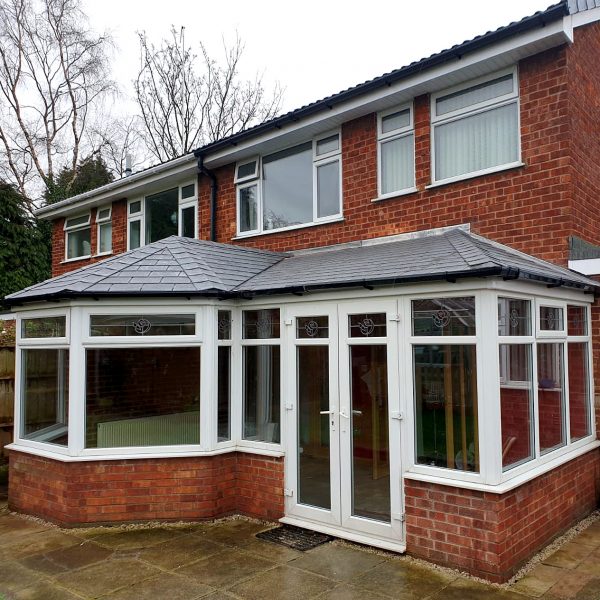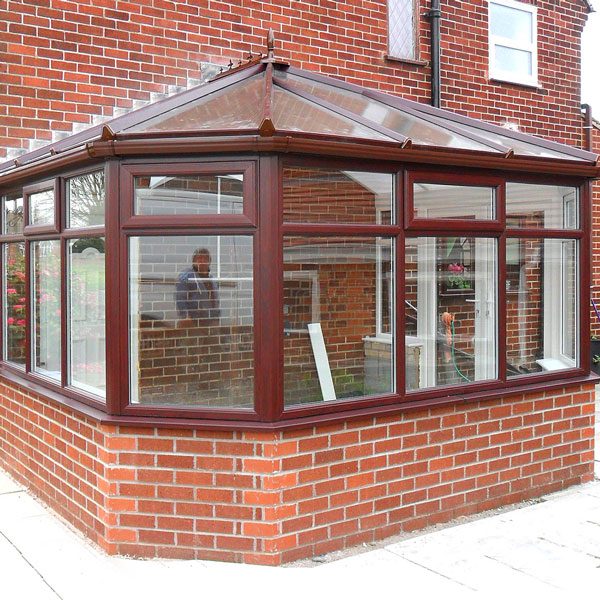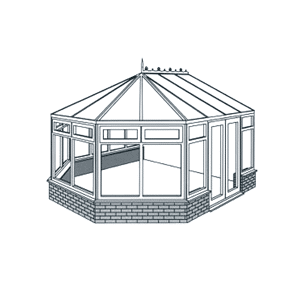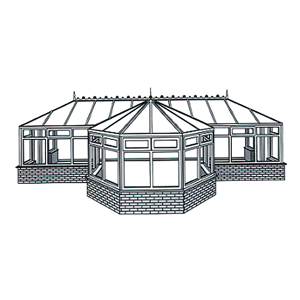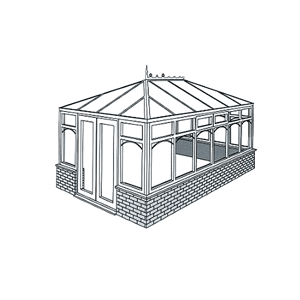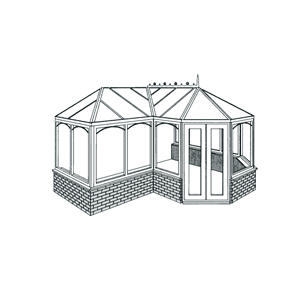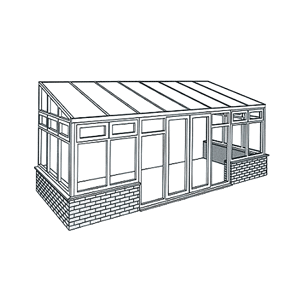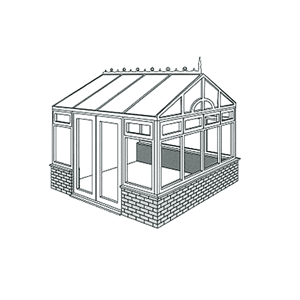1800s
Throughout the next century, conservatories grew in popularity. John Nash designed four glasshouses for Buckingham Palace in the early 1800s, but one of these ended up at Kew instead. It is still there today.
Before 1845, England had a tax on glass determined by the weight of it. Hence, the glass panes were thin. Wrought iron was used for conservatories because of its strength. However, it was expensive at the time. In the mid-1800s, steel was in production at a cheap rate. Moreover, it was stronger and better in tension than wrought iron, so was used more often.
Around the same time, the installation of the Great Conservatory at Chatsworth House was complete. Furthermore, this was the largest glass structure in the world. Today, the Eden Project is home to the largest conservatory in the world.

